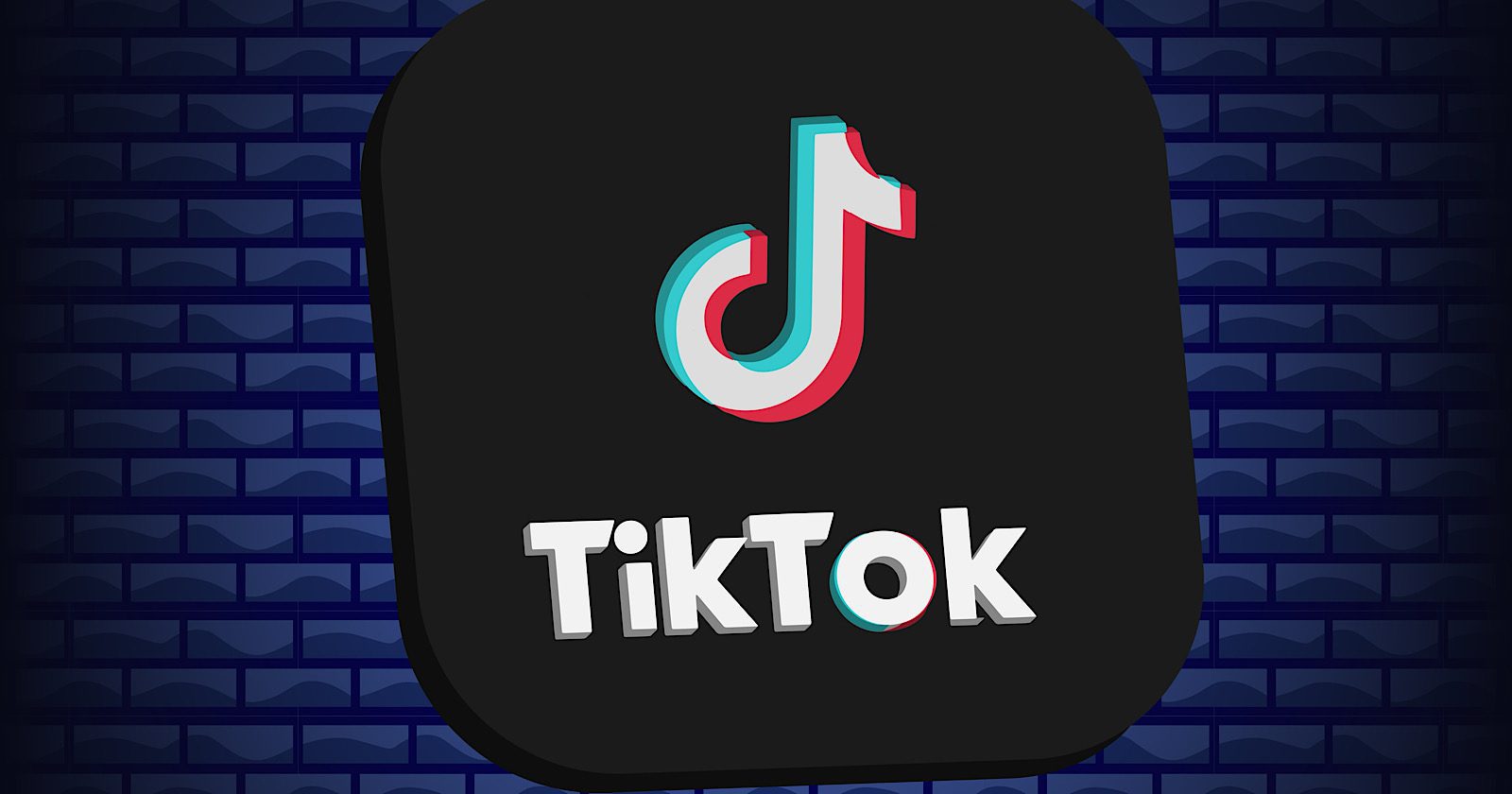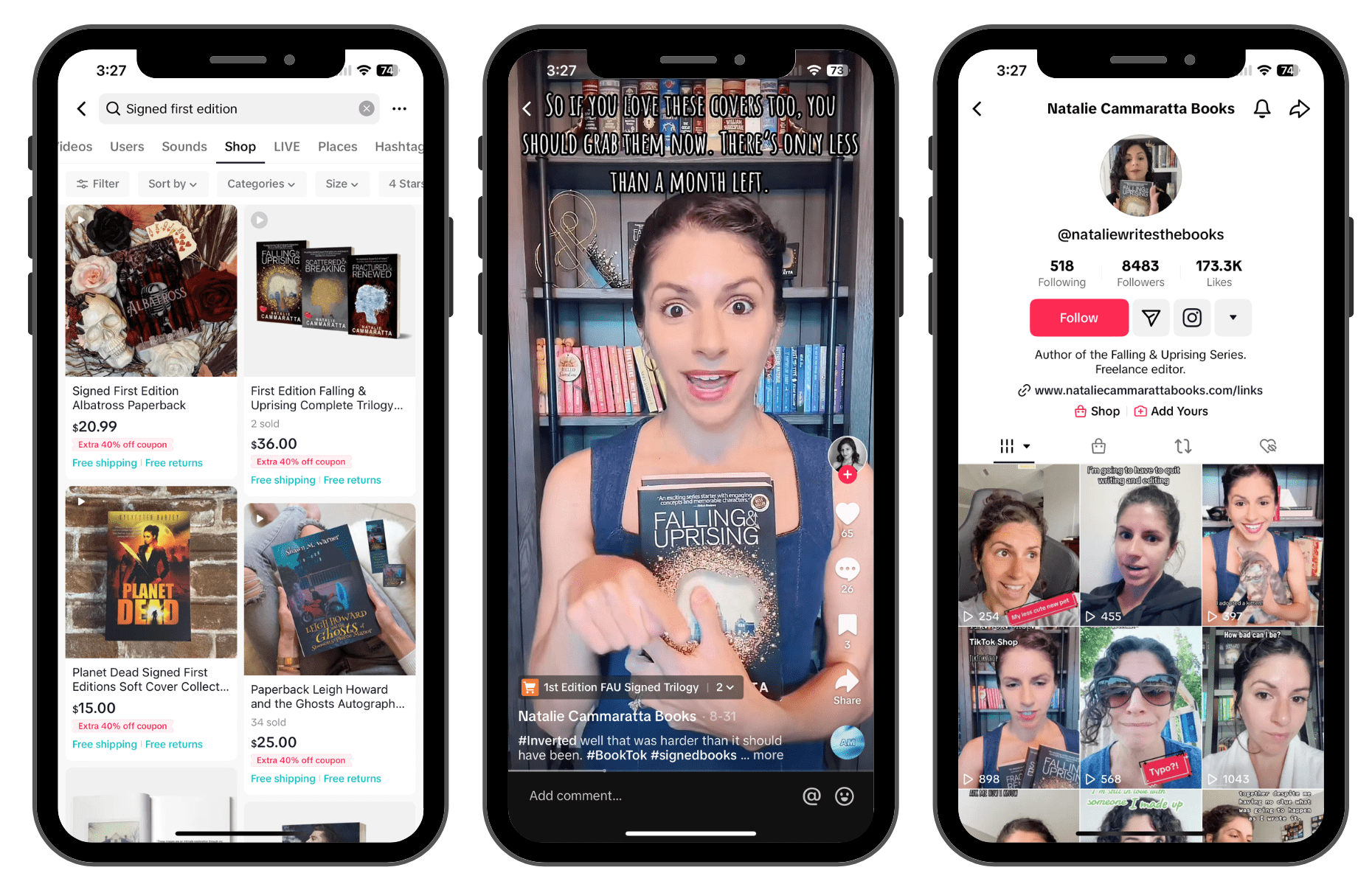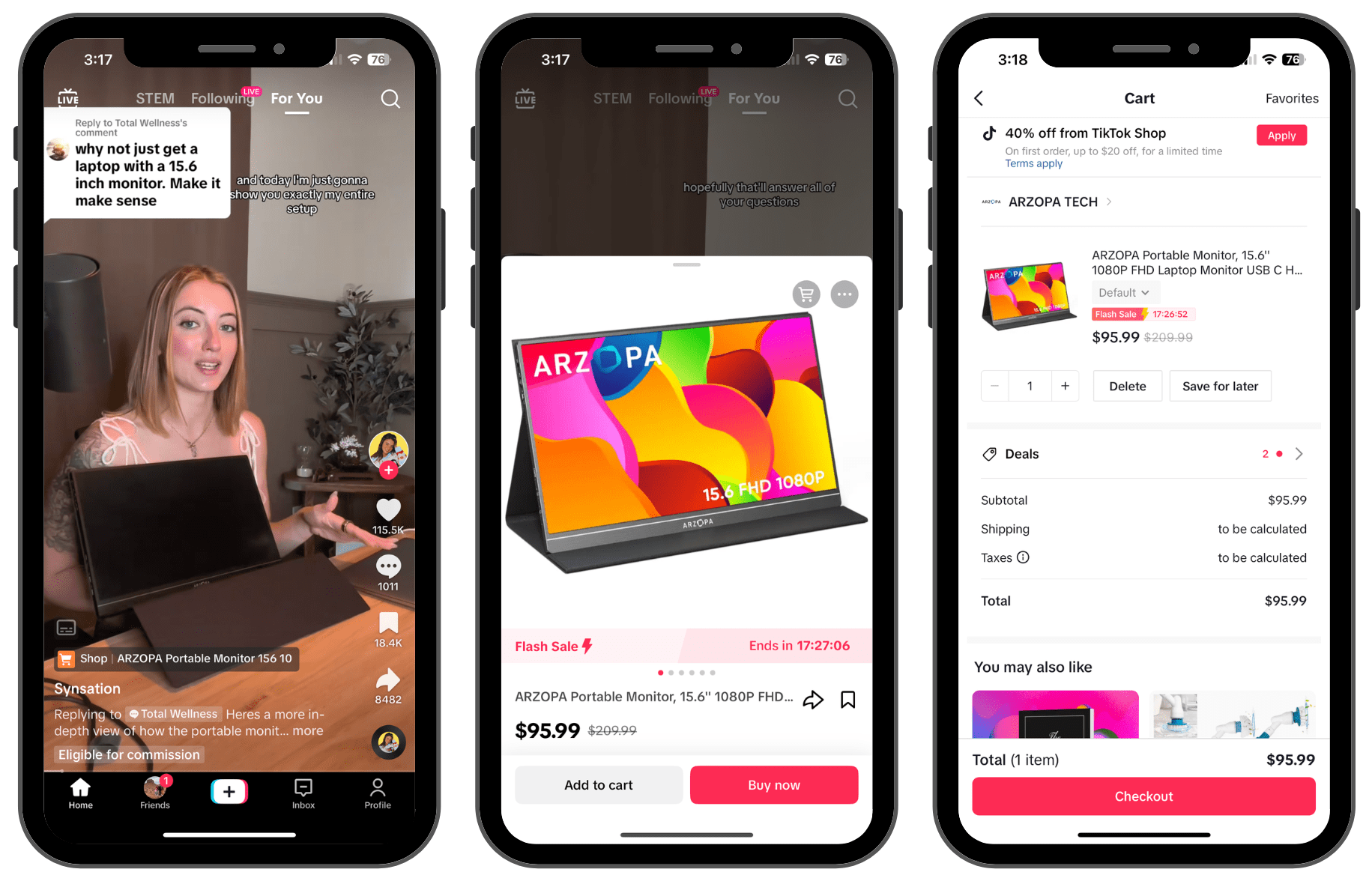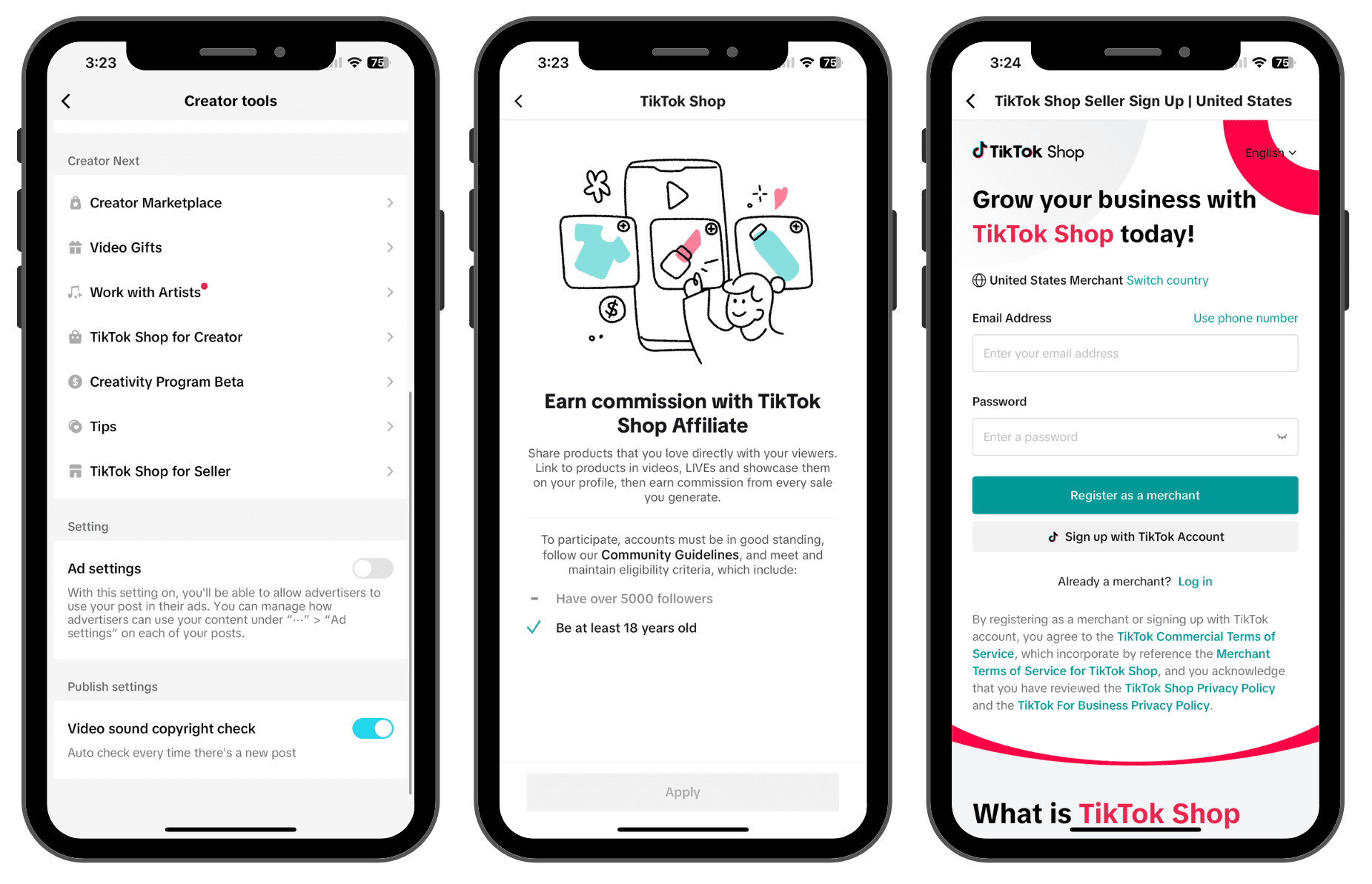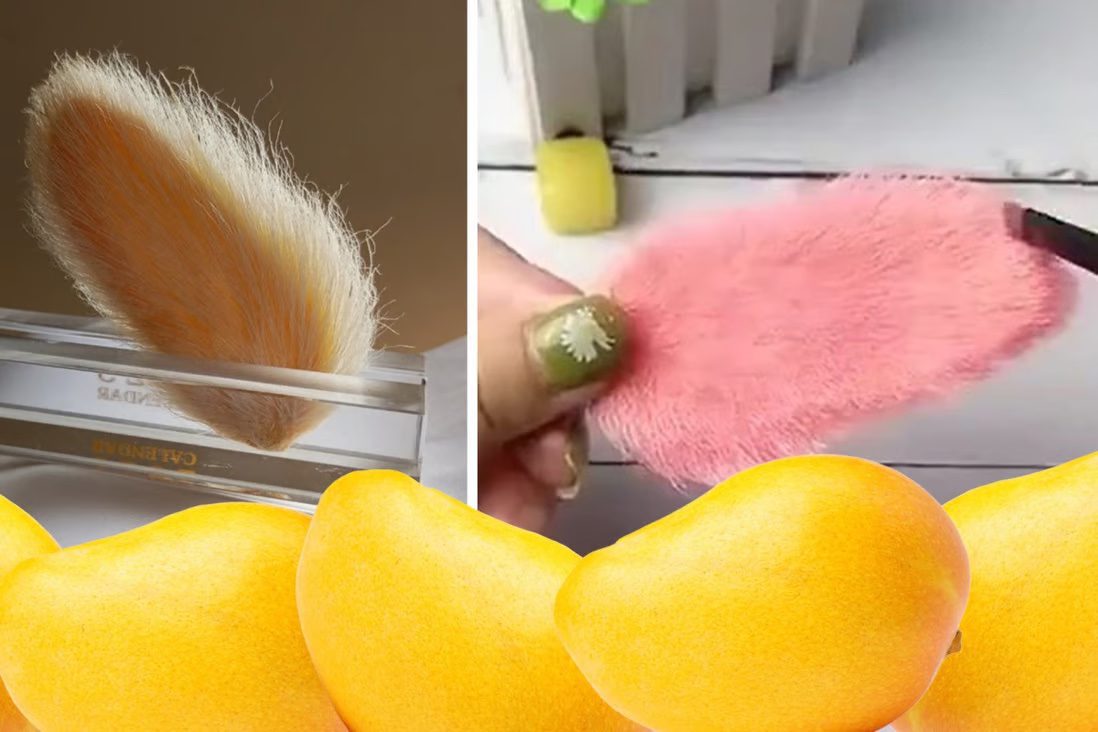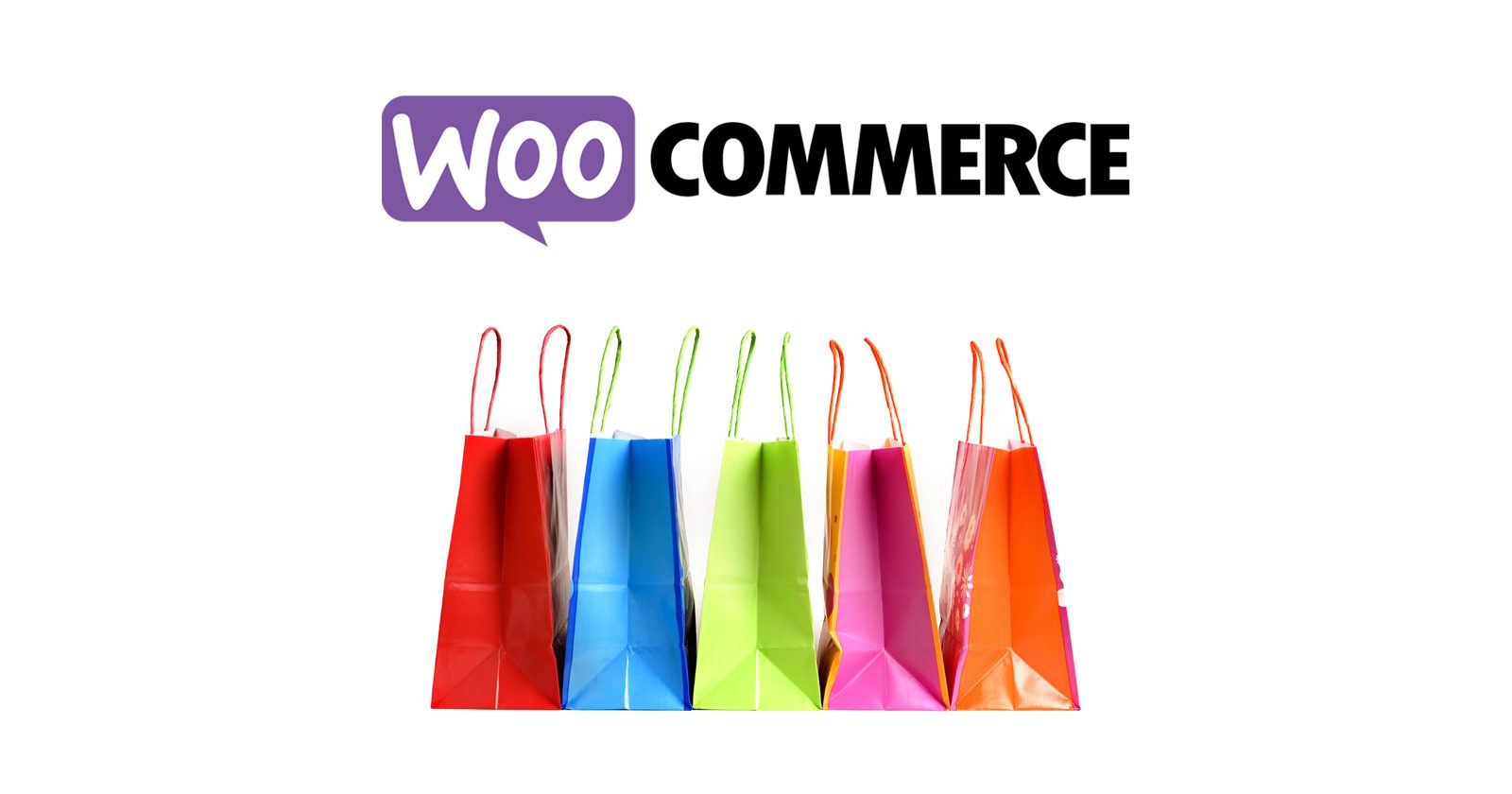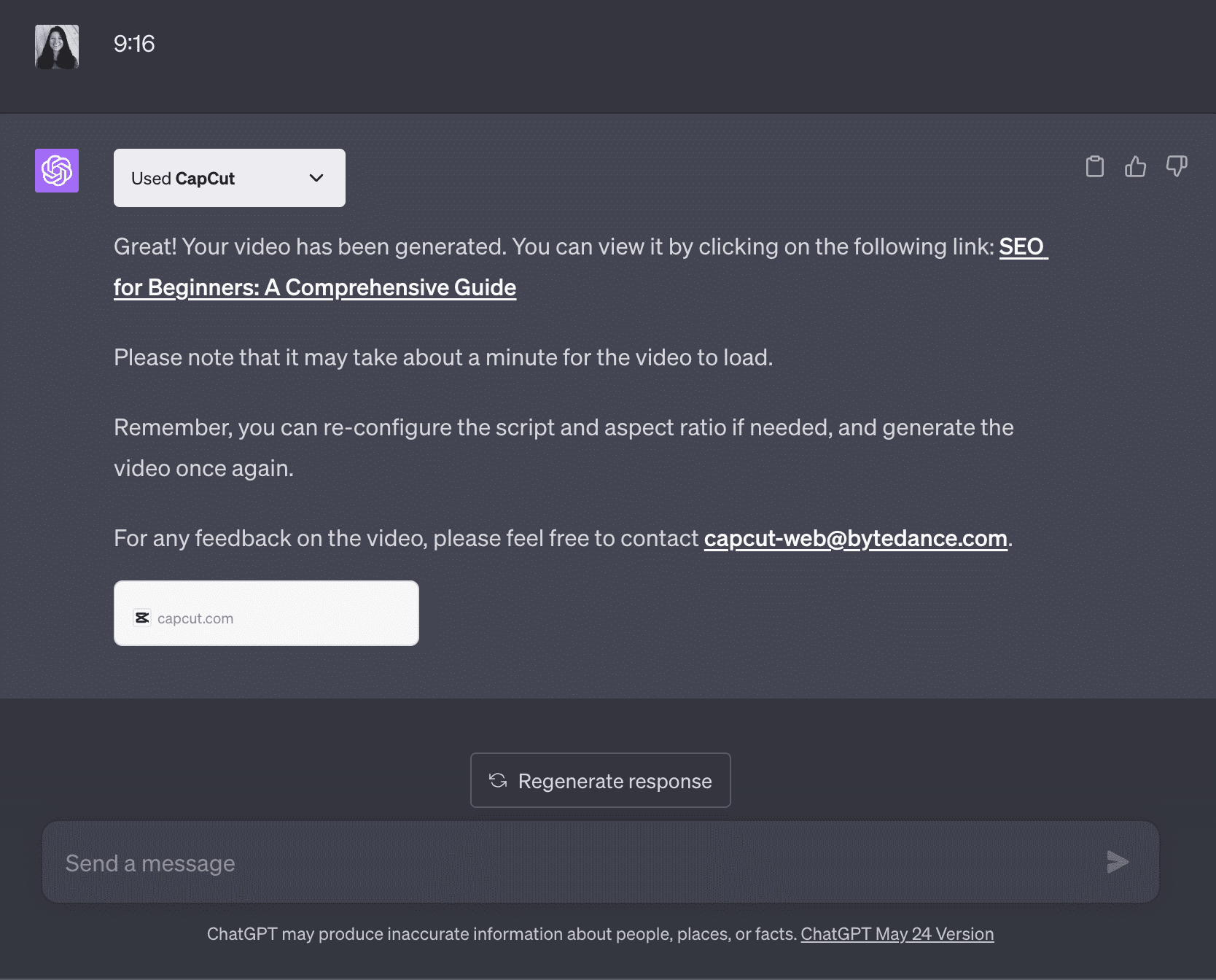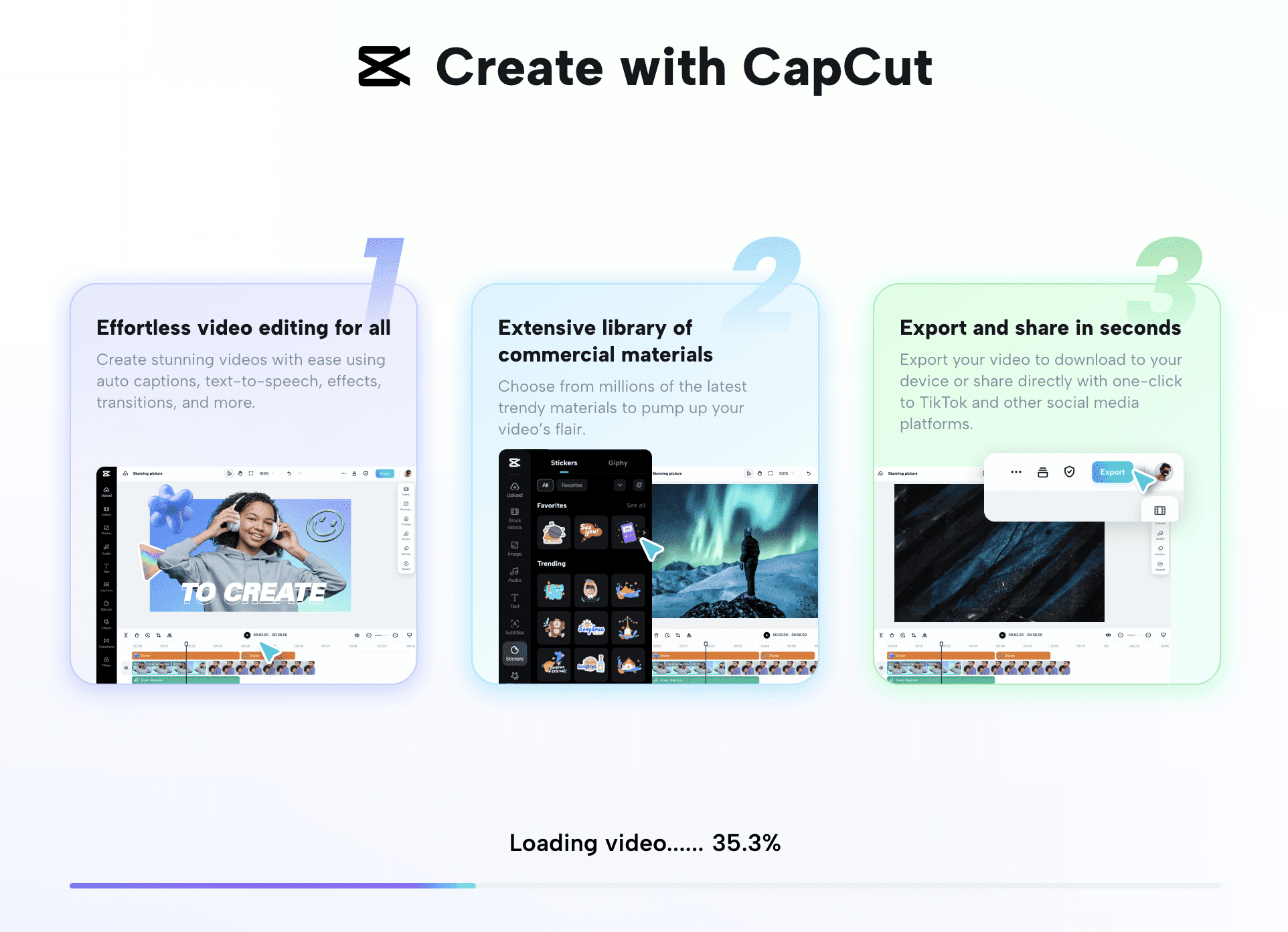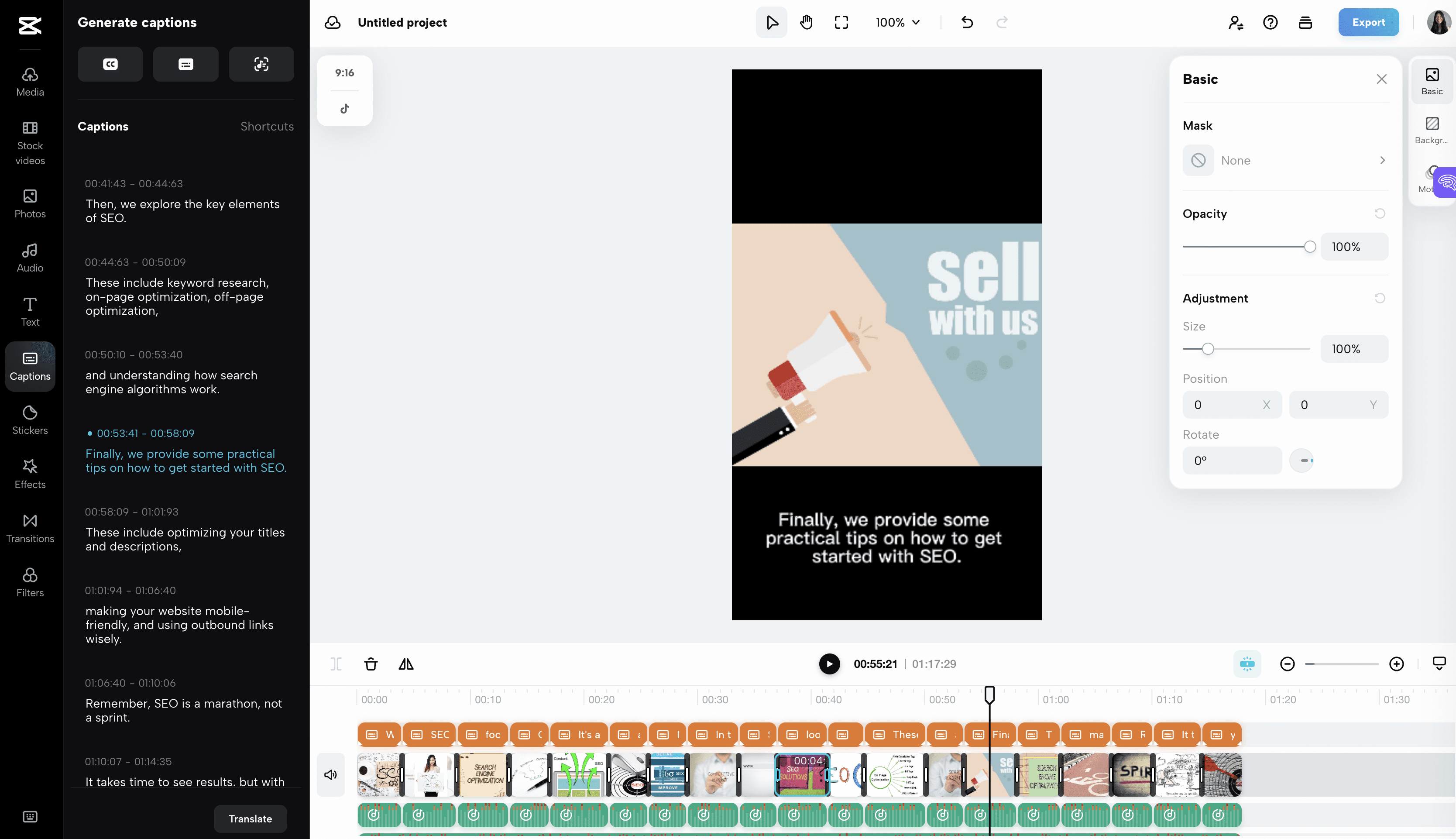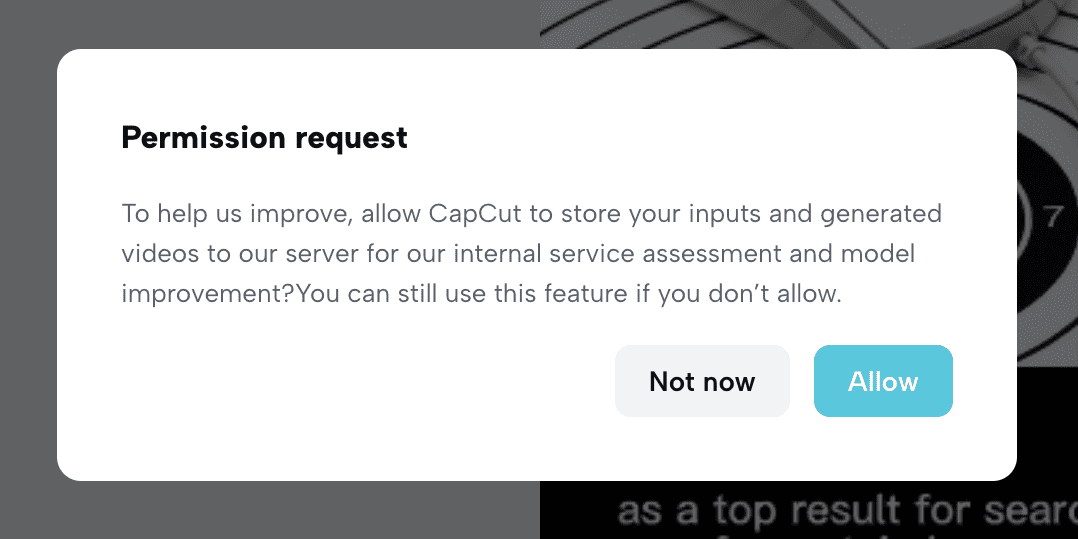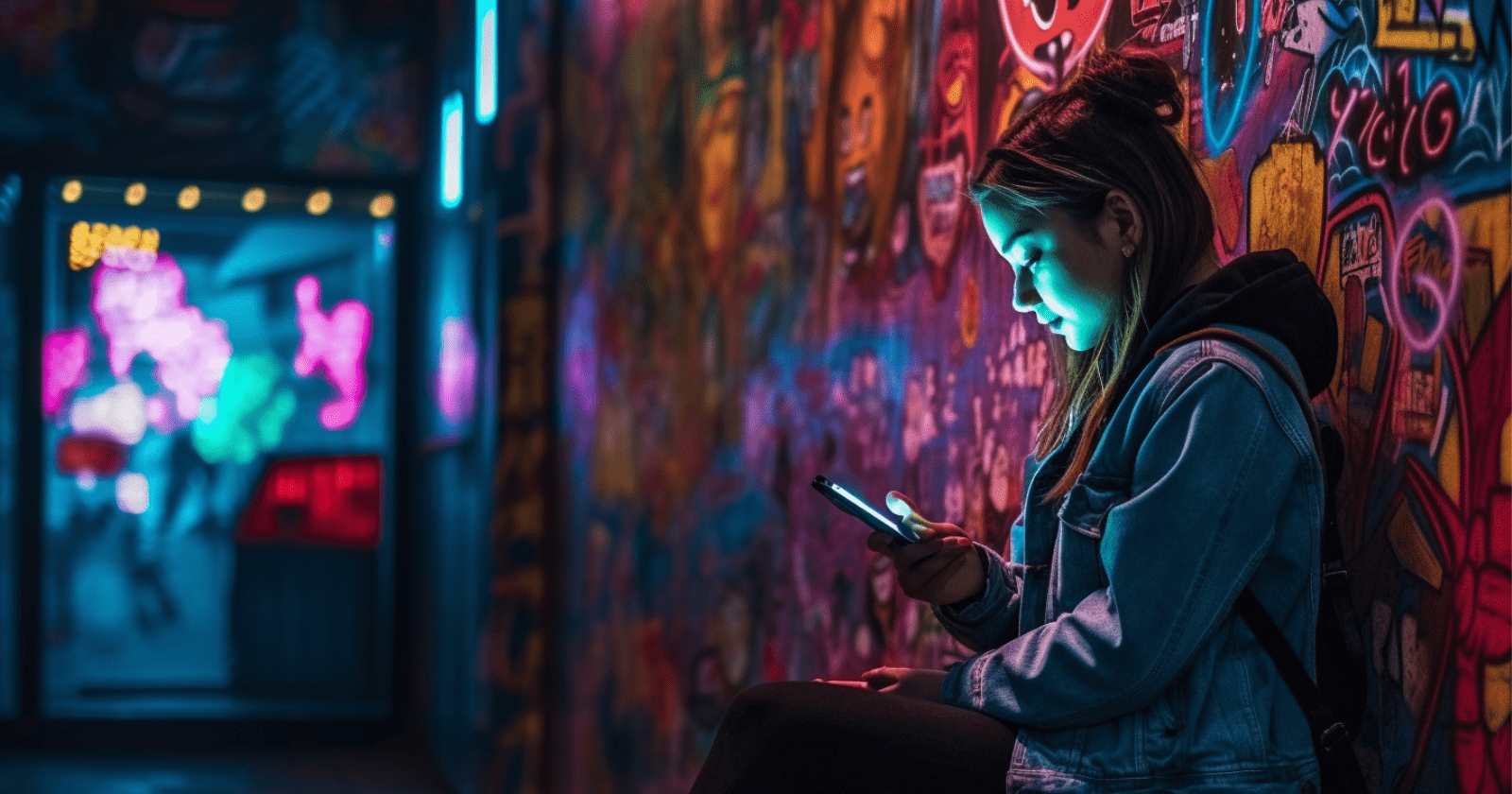TikTok’s New Creator Rewards Program Prioritizes Search Value via @sejournal, @MattGSouthern
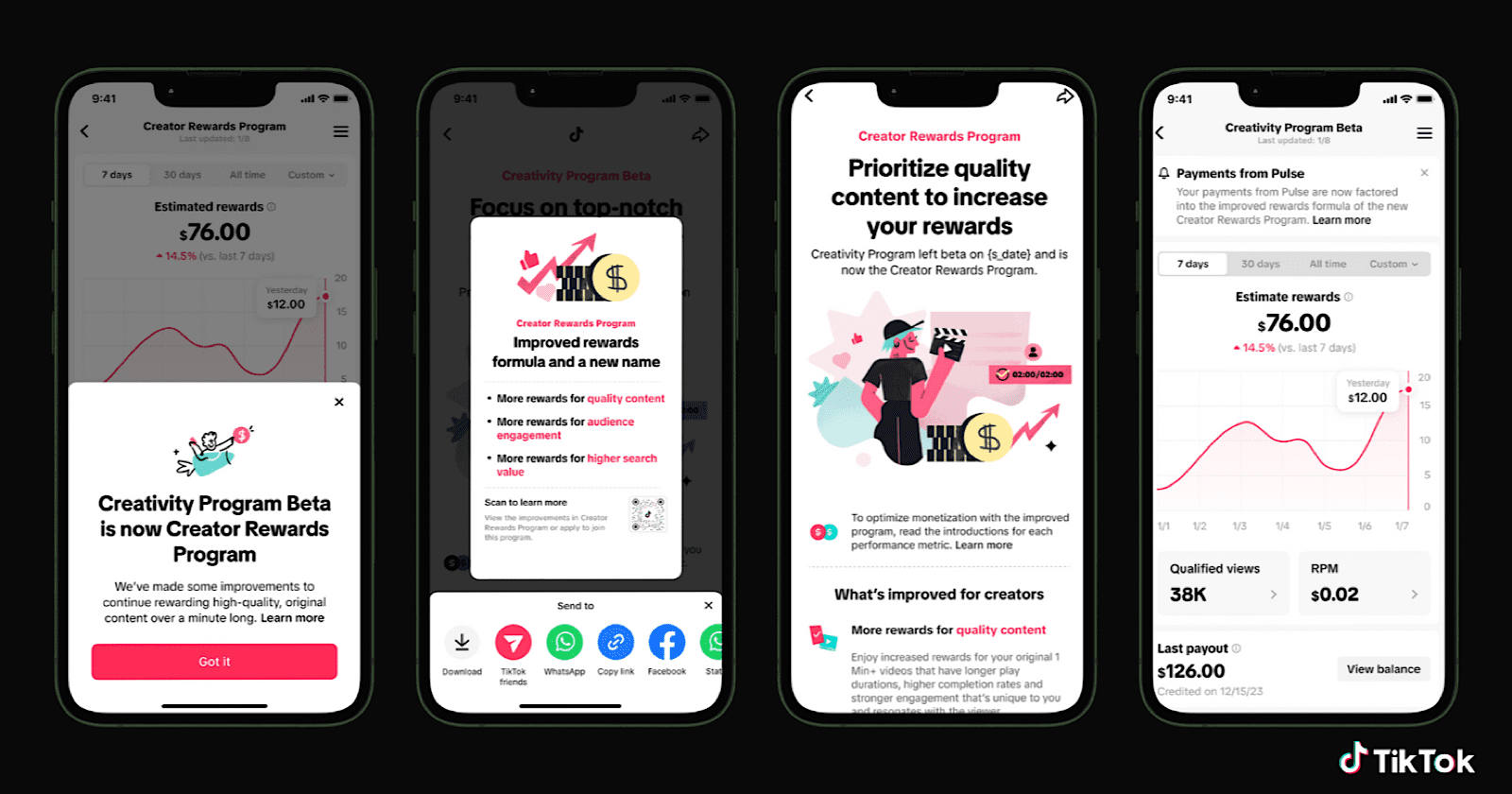
TikTok has launched its new Creator Rewards Program and introduced a Search Insights tool.
The program, which was previously in beta, rewards creators based on four key metrics:
- Originality
- Play duration
- Search value
- Audience engagement
The new Creator Search Insights tool provides data on trending search topics, helping you to create content that meets TikTok’s requirements for “search value.”
Here are the details about the new monetization program and keyword research tool.
Emphasis On Search Value
One of the most notable aspects of the Creator Rewards Program is its emphasis on search value.
In an announcement, TikTok defines search value as:
“Search value is a metric assigned to content based on popular search terms. Content that aligns with in-demand search topics increases its value for searchers.”
To help people create more content with search value, TikTok launched the Creator Search Insights tool, which identifies trending search topics on the platform.
Creator Search Insights Tool
The Creator Search Insights tool, available in select regions, allows you to explore topics that are frequently searched for on TikTok.
By typing “Creator Search Insights” in the search bar, you can access a wealth of information to inspire your content creation process.
The tool surfaces popular search topics sorted by category or personalized based on your content niche. Additionally, you can filter for content gap topics, which are popular terms with limited video content available on the platform.
TikTok stated in its announcement:
“With these insights, creators can source inspiration for their content, tailor their creative strategies to meet audience interests and create content that people want to see more of. Our hope is that Creator Search Insights empowers creators to make content that’s relevant to searchers and positioned to perform well on TikTok.”
Additional Program Metrics & Eligibility
The Creator Rewards Program also prioritizes originality, encouraging creators to showcase their unique perspectives and creative processes in a way that resonates with their audience.
Additionally, the program considers play duration, which accounts for watch time and finish rate, and audience engagement, including likes, comments, and shares.
To be eligible for the program, creators must be at least 18 years old, have a minimum of 10,000 followers, and have generated at least 100,000 views in the past 30 days. Their accounts must also be in good standing and located in a region where the program is available.
Enhanced Dashboard & Creator Academy
Alongside the Creator Rewards Program launch and the Creator Search Insights tool, TikTok has introduced an enhanced dashboard that provides creators with detailed analytics, insights, and customization options to help them analyze their content performance and estimated rewards.
The dashboard also includes direct access to the Creator Academy, a comprehensive education hub offering resources, courses, and insights to support creators at all levels.
TikTok has also improved its Monetization module within the in-app Creator tools. It provides a centralized hub for creators to access all monetization-related operations, including revenue analysis and personalized recommendations.
In Summary
The Creator Rewards Program and Search Insights tool are the latest examples of how TikTok enables creators to make money on its platform.
As the platform continues to evolve and prioritize search, marketers who adapt their strategies accordingly may find new opportunities to earn revenue.
FAQ
How do the new TikTok Creator Rewards Program and Search Insights tool influence content strategy?
Marketers focusing on TikTok must adjust their content strategies in light of the platform’s recent updates. The Creator Rewards Program incentivizes content that aligns with specific criteria, emphasizing:
- Originality – Offering a fresh and unique perspective in the content.
- Play duration – Creating content that encourages viewers to watch until the end.
- Search value – Crafting content that corresponds with in-demand search terms and topics.
- Audience engagement – Generating content that fosters likes, comments, and shares.
Content creators and marketers should leverage the Creator Search Insights tool to capitalize on these metrics. By focusing on trending searches and identifying content gaps, they can tailor their content to meet user interests and improve its potential for visibility and monetization on the platform.
To be eligible for TikTok’s Creator Rewards Program, what criteria must creators meet?
For creators to take advantage of TikTok’s monetization opportunities through the Creator Rewards Program, they must meet the following eligibility criteria:
- Age – Must be at least 18 years old.
- Followers – Must have a minimum of 10,000 followers.
- View count – Must have garnered at least 100,000 views in the past 30 days.
- Account standing – Must have an account in good standing and based in a region where the program is available.
These prerequisites ensure that active, influential, and engaged creators are rewarded, incentivizing high-quality and engaging content creation on TikTok.
What resources does TikTok provide to creators to help them succeed on the platform beyond the Creator Rewards Program?
TikTok offers resources to support creators in honing their craft and optimizing their content. These resources include:
- An enhanced dashboard that delivers in-depth analytics, insights, and customization options, thus enabling creators to analyze content performance and projected rewards.
- Direct access to the Creator Academy presents an extensive array of educational material, courses, and insights aimed at aiding creators of varying experience levels.
- Improvements to the in-app Monetization module, featuring a centralized hub where creators can manage all monetization aspects, including revenue analysis and tailored recommendations.
These tools empower creators with the knowledge and data to create compelling content and maximize their earning potential on TikTok.
Featured Image: newsroom.tiktok.com, March 2024.

